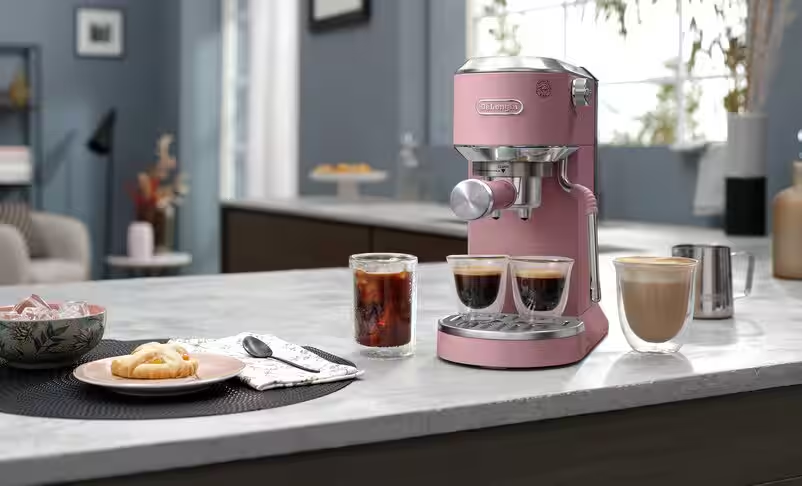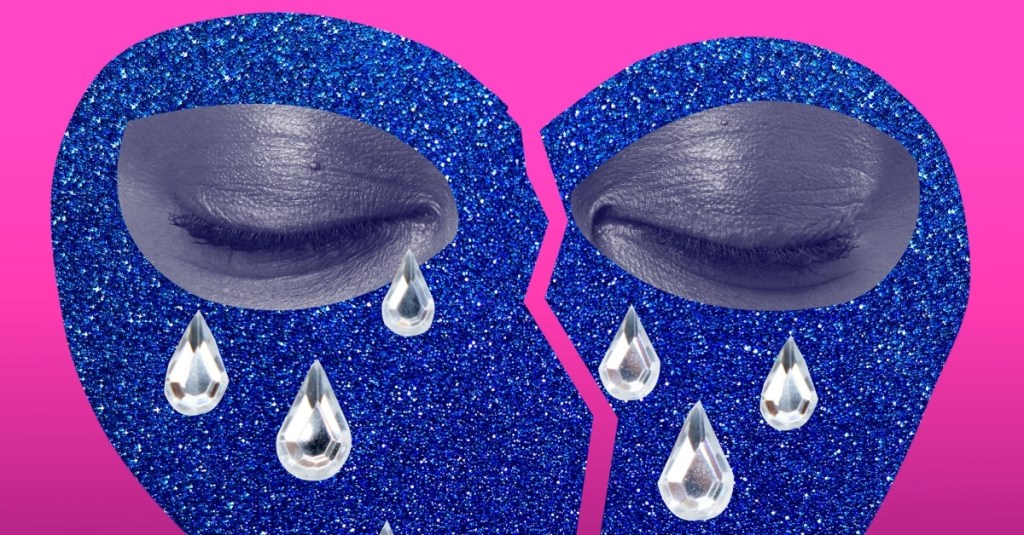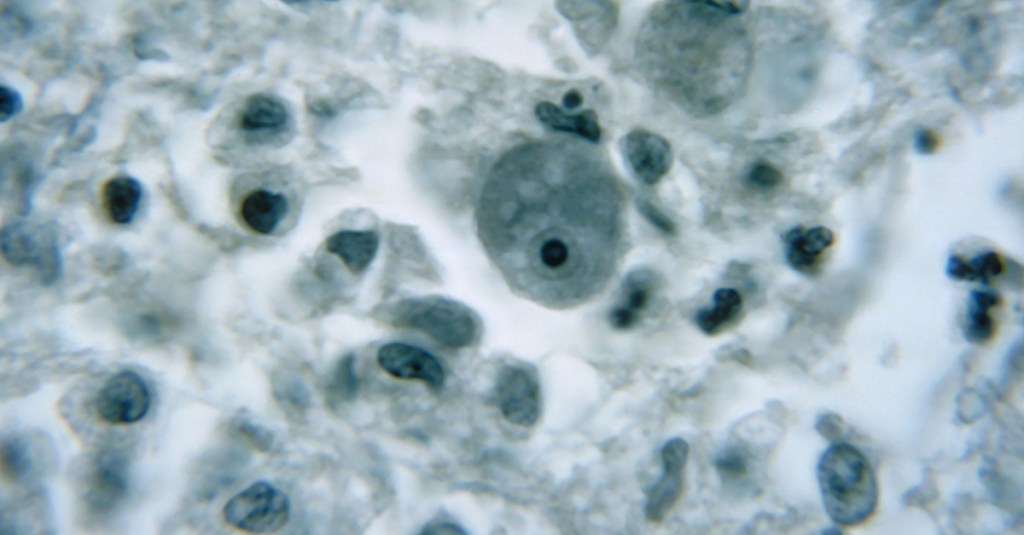By all accounts, a 71-year-old woman from Texas just wanted to breathe a little easier. Instead, she ended up the rare victim of one of the most nightmarish creatures lurking in America’s water systems: Naegleria fowleri, aka a brain-eating amoeba.
The woman had been traveling in an RV when she used a nasal irrigation device to rinse her sinuses. While there are questions about whether or not these devices, like Neti Pots, actually do anything, if you’re going to do it, you need to be using sterilized or distilled water.
Videos by VICE
This woman reached for what she thought was perfectly fine tap water from the RV’s water system. Days later, she began experiencing neurological symptoms. Headache, fever, and confusion.
Doctors quickly suspected primary amebic meningoencephalitis, or PAM, a severe brain infection caused by N. fowleri. Despite medical intervention, she died just over a week after exposure.
Woman Dies From Brain-Eating Amoeba After Using Tap Water To Clear Sinuses
According to a recent CDC report, health officials tested both the RV’s portable tank and the municipal water supply it may have been connected to, but the samples came too late. 23 days post-exposure.
No amoeba was found, but the RV’s water system showed signs of improper disinfection, pointing to that as the likely source.
Naegleria fowleri thrives in warm freshwater and typically feeds on bacteria. It’s harmless when swallowed. But if it snorts its way into your brain via your nose, it can quite literally eat brain tissue and cause massive inflammation, with death usually lingering around the corner.
There have only been about 150 PAM cases in the U.S. since the 1960s, but the survival rate is brutal. Less than 3 percent. Most cases happen when people swim in warm lakes or poorly sanitized water parks, but you will occasionally hear about a case caused by a nasal irrigation device that was paired with non-sterile water.
More
From VICE
-

De'Longhi Dedica Duo – Credit: De'Longhi -

We Are/Getty Images -

Photo by tang90246 via Getty Images -

Credit: SimpleImages via Getty Images
